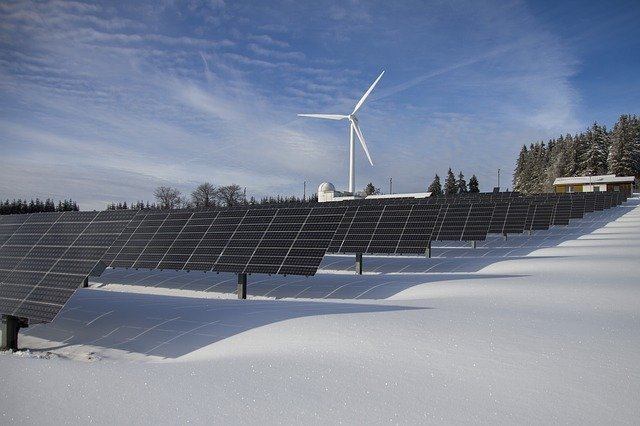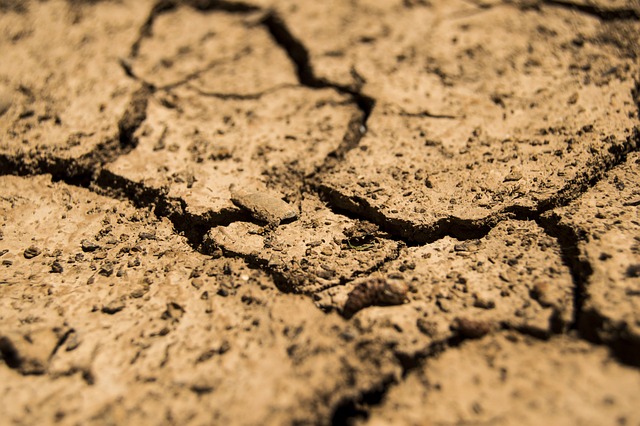Introduction:
Pakistani Educational Institutes in particular are not very environmentally friendly. This includes higher education institutes like universities especially due to their ceaseless operation and large scale. To mitigate the impact of climate change and do their part as educators of the future generations; universities can adopt many practical ways and responsibilities to set an example of positive ways to influence our environment. This includes being resourceful and conscious of your surroundings.
List of Things For Educational Institutions to Be More Eco-Friendly:
Some of the things that the education sector can implement to be more eco-friendly are suggested below:
- Minimize Paper use. As deforestation is the main driver of the greenhouse emission that in turn drives climate change; it is essential to reduce the paper use in educational institutes particularly when there is no need for them to be used this extensively at higher educational level. For further information read, Reasons Why Pakistani Universities Need To Go Paperless?
- Switch to E-notes. The need to use paper until high school is understandable and can be accepted. Although there are many sustainable classroom practices being adopted even at that level so there is no excuse why higher educational institutes cannot do the same. This is possible by digitizing lesson resources, taking notes on electronic gadgets, teachers providing soft notes instead of hard form that utilizes a lot of paper, PDFs of books, Topic PowerPoint lectures etc. can greatly reduce the carbon emissions released due to deforestation and printing cost. If paper must be used they should opt for recycled paper.
- Reduction of Single Use Plastic in Canteens and Cafeterias. This is a bit tricky but possible as cardboard cutleries are commonly used in Pakistani canteens due to it being cheap. However, if they must be used institutions can charge extra for its use and invest that money of research or proper disposable of this waste generated. Canteens can also switch to more healthy and plant-based catering.
For ideas on how this can be achieved, check out: Ways and Methods to Solve Single-Use Plastic Pollution Problem - Include “Environment Science and Sustainability” across all subject curriculum. This will inculcate the importance of preserving our environment and mitigating climate change by making the students aware and responsible for their actions and the industry they would join in the future.
Read: What is Environmental Science and Why is it Important? - Invest in Renewable energy sources. As these educational institutes require huge amounts of power and energy generation to operate on a daily basis, needless to say it generates a lot of GHG emissions. Thus, adoption of solar energy at the very least is very much possible by schools and universities. This one time investment will provide long term benefits to the education sector in general and undoubtedly the environment too. This can also help the country take one step closer to becoming a green economy.
Related: What Are Renewable Energy Sources? – Types of Green Energy - Funding Research on Environmental Topics. This is the best way to combat climate change. Education sectors can be the leading force in combating climate change because it can arm students with the knowledge and skill needed to improve the environment, This can be possible by teaching them methods and ways through which they can achieve this. Researching relevant topics and raising issues unknown before can widely contribute.
Read: Role Of Bioinformatics In Environmental Science Studies - Eco-friendly buildings. This does not just limit itself to having solar plants on rooftops but also includes building architecture. In reconstructing or building new sections/departments in these institutions, we can make eco-friendly construction material choices, orientations and direction of the building, angle of the windows to maximize natural light use etc.
Also, Check out: What’s Eco-Architecture? Sustainable Architecture Importance - Using energy saving electronic appliances. Invertor technology, EdTech tools and softwares for teaching instead of projectors, LED bulbs etc. are just few ways in which we can minimize energy consumption.
See: Environmental Benefits of LED Technologies - Planting Trees inside Premises. This will not only cool the overall environment inside the campuses, but as most universities are huge and have a lot of land lying empty. What is better than using it to plant trees that can sequester carbon as well as purify the air.? An even better option is to use it for planting seasonal crops to meet the cafeteria requirements of food sources such as vegetables and fruits. This will also allow the institutions to save cost on transport of ingredients for the cafeterias. Related: What is Afforestation? What are its Methods and Importance?
- Use Food Waste as Compost. This is self explanatory. Food waste from school/university cafeterias can be used as compost to grow food on premises or sold to outside sources.
Read: 15 Easy and Practical Ways to Reduce Food Waste - Purchase Eco-friendly supplies. Prefer local businesses and companies who can prove their sustainable practices.
Also read: Life Cycle Of Paper Waste In Pakistan – What Happens To It?
CONCLUSION:
These were some things that educational institutions can adopt in order to be more ecofriendly. However, the main hurdle in its implementation is the lack of consciousness and care for the environment at the state level. Active policies and steps need to be taken in order for investment to be made in this regard on a collective and nation wide scale.
Also check out: 10 Simple Ways You Can Raise Awareness About Climate Change
I hope you all liked this post! Please comment below if you have any suggestions, comments, or feedback! We at #envpk love hearing from our readers! Thanks!




